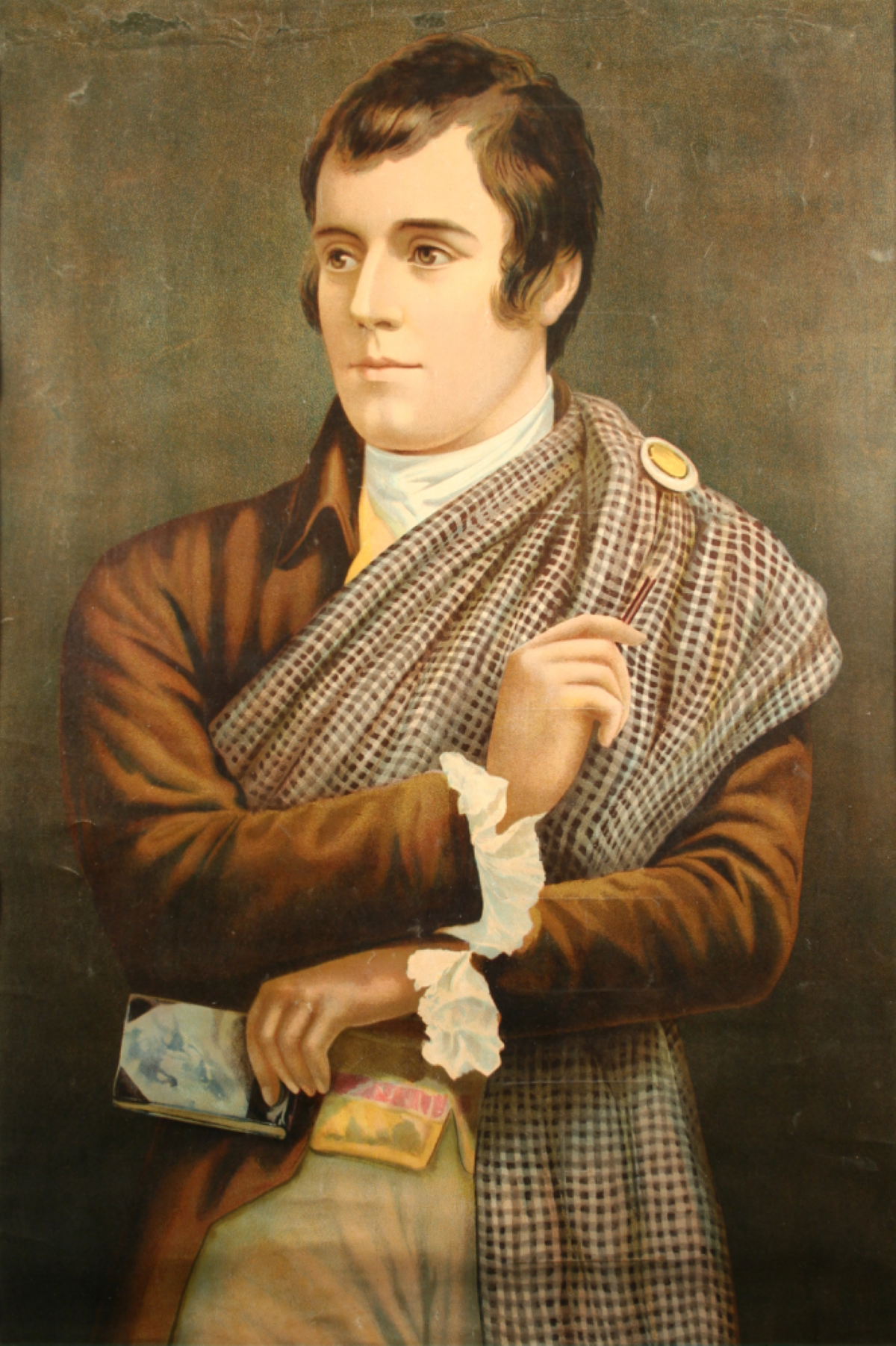The Benefits of Freemasonry
The Benefits of Freemasonry
More than just a social club, Freemasonry is an opportunity for personal growth and learning
Freemasonry is a centuries-old fraternal organization that is shrouded in mystery and misconceptions. What is it, exactly, that draws men to join this esteemed organization? Whether it is the camaraderie of Brotherhood, the charitable community involvement, or the opportunities for personal growth and self-improvement, Freemasonry offers something for every man. Additionally, every man has something to offer Freemasonry.
First and foremost, the sense of Brotherhood that comes with being a Freemason is truly unparalleled. The bonds of Brotherhood forged through Freemasonry are unbreakable and serve to strengthen the moral fiber of its members. As men, we often find ourselves isolated in our individual worlds, with few opportunities for genuine connection and bonding with other men. Family and work obligations take over our lives. While those are noble and always come first, Freemasonry provides a space where men of all ages and from all walks of life can come together and form meaningful, lasting relationships. It is a place where we can support each other, both in good times and in bad, and where we can rely on each other for guidance and advice to improve our effectiveness at home and in our work.
More than just a social club Freemasonry is an opportunity for personal growth and learning. The organization places a strong emphasis on moral development and self-improvement then provides resources and guidance for men looking to better themselves. Getting involved with fundraisers or becoming a line Officer you will naturally pick up skills such as public speaking, event planning, and organizational skills.
Written by:
WB Todd M. Paterek is Worshipful Master, Lodge Education Officer, Northstar Coach, and Webmaster of Blazing Star Lodge #694 F&AM, East Aurora, New York.



